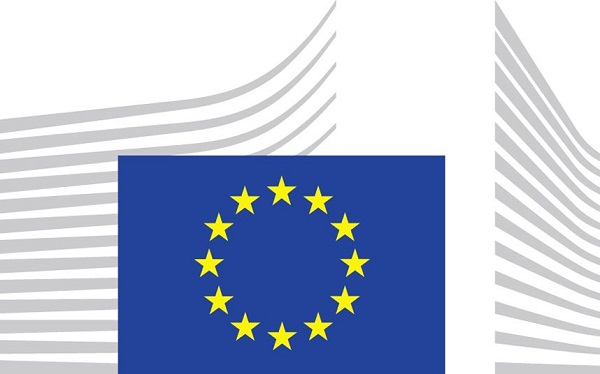
The European Commission has published a "Winter 2024 Economic Forecast", which provides an update of the Autumn 2023 Economic Forecast, focusing on GDP and inflation developments in all EU Member States; Luxembourg’s economic activity is projected to recover in 2024, with GDP growth forecast at 1.3%.
The Winter Forecast is based on a set of technical assumptions concerning exchange rates, interest rates and commodity prices with a cut-off date of 29 January 2024. For all other incoming data, including assumptions about government policies, this forecast takes into consideration information up until and including 1 February 2024.
The European Commission has noted in its 2024 economic forecast that following subdued growth last year, the EU economy has entered 2024 on a weaker footing than expected. The Winter Interim Forecast revised growth in both the EU and the euro area down to 0.5% in 2023, from 0.6% projected in the Autumn Forecast, and to 0.9% (from 1.3%) in the EU and 0.8% (from 1.2%) in the euro area in 2024. In 2025, economic activity is still expected to expand by 1.7% in the EU and 1.5% in the euro area.
Inflation is set to slow down faster than projected in the autumn, according to the forecast. In the EU, Harmonised Index of Consumer Prices (HICP) inflation is forecast to fall from 6.3% in 2023 to 3.0% in 2024 and 2.5% in 2025. In the euro area, it is expected to decelerate from 5.4% in 2023 to 2.7% in 2024 and to 2.2% in 2025. In Luxembourg, in 2025, economic growth is set to reach 2.1%.
Growth to regain traction in 2024 after a weak start to the year
In 2023, growth was held back by the erosion of household purchasing power, strong monetary tightening, the partial withdrawal of fiscal support and falling external demand. After narrowly avoiding a technical recession in the second half of last year, prospects for the EU economy in the first quarter of 2024 remain weak.
However, economic activity is still expected to accelerate gradually this year. As inflation continues to abate, real wage growth and a resilient labour market should support a rebound in consumption. Despite falling profit margins, investment is set to benefit from a gradual easing of credit conditions and the continued implementation of the Recovery and Resilience Facility. In addition, trade with foreign partners is expected to normalise, after a weak performance last year.
The pace of growth is set to stabilise as of the second half of 2024 until end-2025.
A faster-than-expected decline in inflation
The decline in headline inflation in 2023 was faster than expected, largely driven by declining energy prices. With activity stalling, the easing of price pressures in the second half of last year broadened to other goods and services.
Lower-than-expected inflation outturns in recent months, lower energy commodity prices and weaker economic momentum set inflation on a steeper downward path than anticipated in the Autumn Forecast. In the near term, however, the expiry of energy support measures across Member States and higher shipping costs following trade disruptions in the Red Sea are set to exert some upward price pressures, without derailing the process of declining inflation. By the end of the forecast horizon, euro area headline inflation is projected to post just above the ECB target, with EU inflation a notch higher.
Increased uncertainty amid geopolitical tensions
This forecast is surrounded by uncertainty amid protracted geopolitical tensions and the risk of a further broadening of the conflict in the Middle East. The increase in shipping costs in the wake of the Red Sea trade disruptions is expected to have only a marginal impact on inflation. Further disruptions could, however, result in renewed supply bottlenecks that could choke production and push up prices.
Domestically, risks to the baseline projections for growth and inflation are linked to whether consumption, wage growth and profit margins underperform or outperform expectations, and to how high interest rates remain, and for how long. Climate risks and the increasing frequency of extreme weather events also continue to pose threats.
Valdis Dombrovskis, Executive Vice-President for an Economy that Works for People, said:
“After a bruising 2023, the European economy has emerged a little weaker than expected, although the rebound should speed up gradually this year and into 2025. Inflation continues its broad-based decline; real wage growth coupled with a resilient labour market should help consumer demand. EU funds, including the RRF, will continue to play a vital role in terms of investments. However, the global landscape remains highly uncertain. We are closely tracking geopolitical tensions, which could have a negative impact on growth and inflation.”
The European Commission publishes two comprehensive forecasts (spring and autumn) and two interim forecasts (winter and summer) each year. The interim forecasts cover annual and quarterly GDP and inflation for the current and following year for all Member States, as well as EU and euro area aggregates. The Commission's next forecast will be the Spring 2024 Economic Forecast, scheduled to be published in May.








